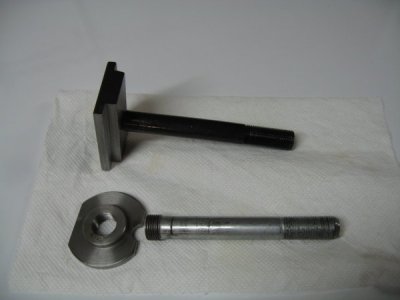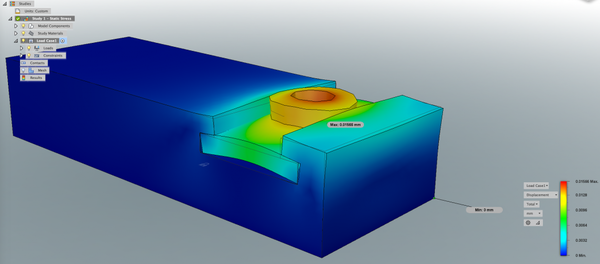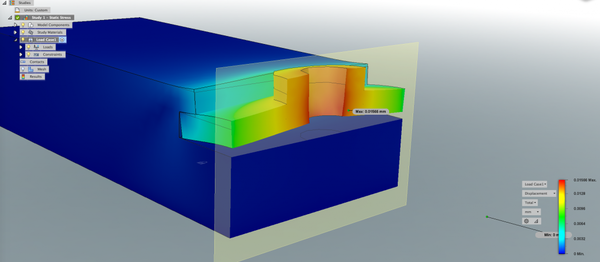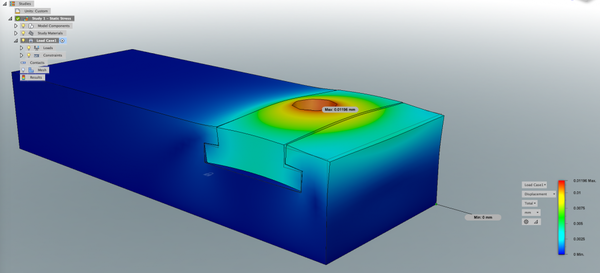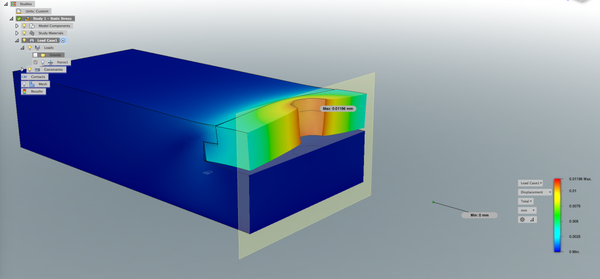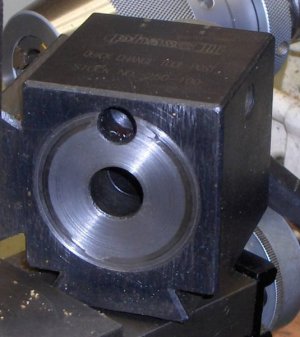- Joined
- Feb 17, 2013
- Messages
- 4,415
I'd be willing to agree (with no evidence other than my own visceral perception [gut feel]) that the rectangular (square) style of T-nut is indeed a bit more rigid than the round. But come on, guys ... we're not talking "farmer tight" here. I've never had to tighten the toolpost nut beyond "good and snug." I seriously doubt that the tool post nut will be the part that flexes when the lathe tool is under load ... especially for the types of lathes many of us have. It's an interesting discussion, but I don't think the OP has anything to worry about.

